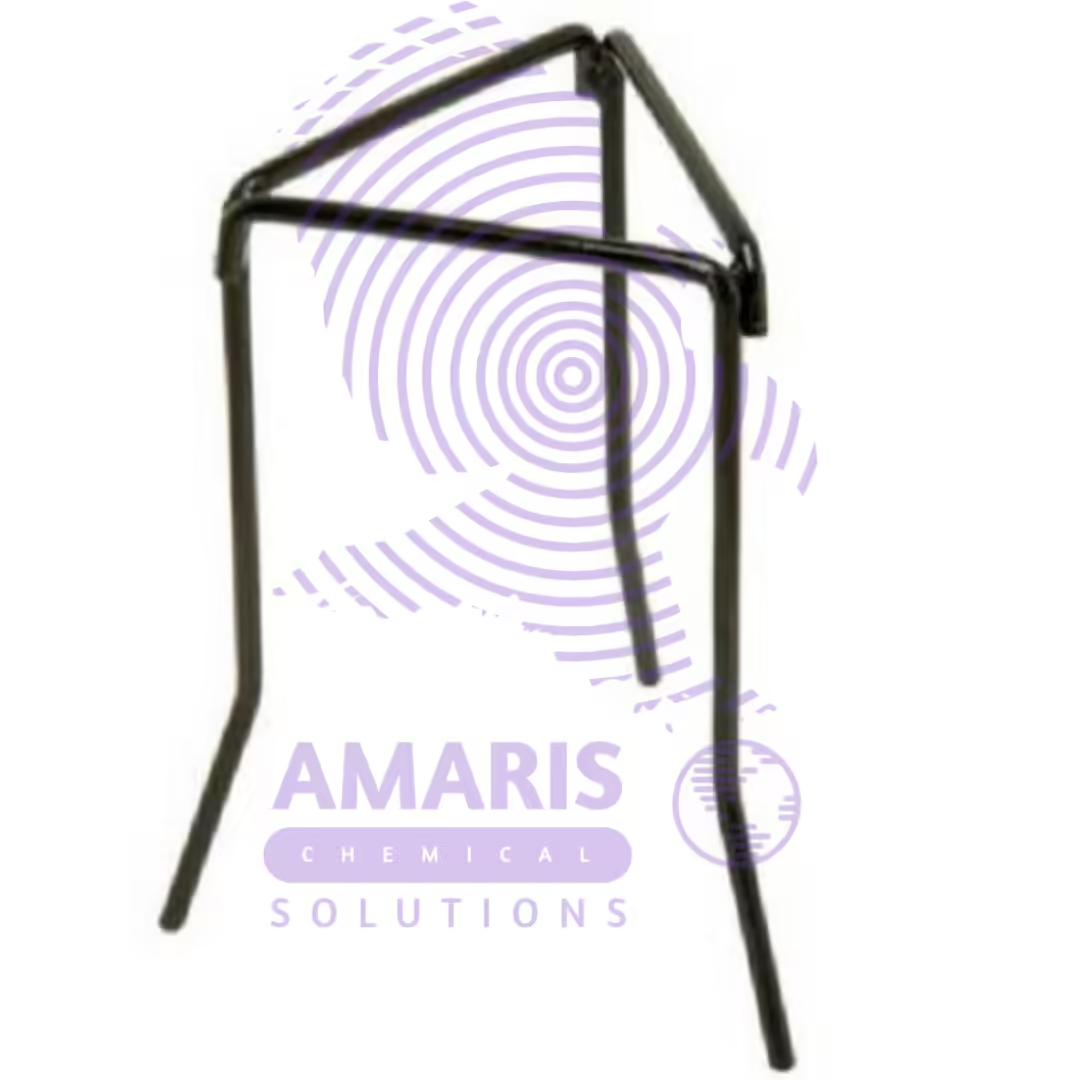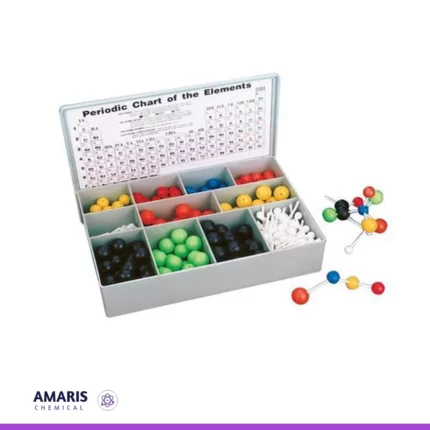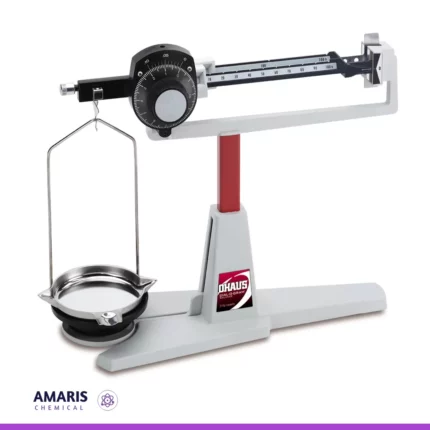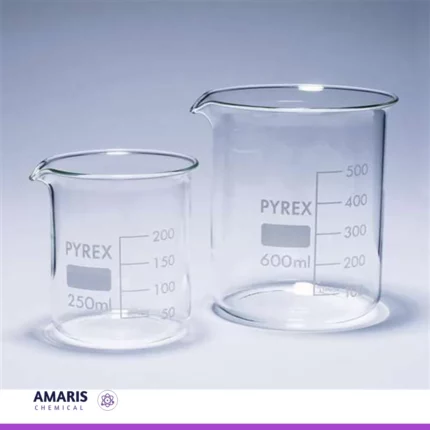

Laboratory tripod stand
$300.00 Original price was: $300.00.$250.00Current price is: $250.00.
A laboratory tripod stand is a three-legged support structure designed to hold and stabilize various laboratory glassware and equipment during experiments. Typically made of durable materials such as metal or sturdy plastic, the stand features a broad base for enhanced stability and an adjustable height to accommodate different setups.
The top of the tripod often includes a platform or hooks where a wire gauze or a ceramic tile can be placed to support beakers, flasks, or other containers while they are heated over a Bunsen burner. The tripod design allows for even weight distribution, reducing the risk of tipping or spills.
This versatile tool is essential for conducting a wide range of scientific experiments, providing a safe and reliable means to support apparatus in both educational and research environments.
Uses of Laboratory tripod stand
- Supporting Beakers and Flasks:
Tripod stands provide stable support for beakers, flasks, and other glassware during experiments, especially when heating is involved.
- Heating Solutions:
When combined with a wire gauze or ceramic tile, a tripod stand can hold containers over a heat source, such as a Bunsen burner.
- Stabilizing Equipment:
The tripod design allows for a sturdy base, which can stabilize various lab apparatus, minimizing the risk of spills or breakage.
- Conducting Reactions:
Tripod stands can be used to hold apparatus at the desired height for specific reactions or procedures, allowing for easier access and observation.
- Support for Other Lab Instruments:
They can support other equipment, such as a test tube holder or thermometer, making them adaptable for multiple tasks.
- Setting Up Experiments:
Tripod stands are often used to create setups for experiments requiring height adjustments, ensuring that all components are positioned correctly.
- Demonstration Purposes:
In educational settings, tripod stands are used to demonstrate various scientific principles, allowing students to visualize processes and reactions.






















Reviews
There are no reviews yet.